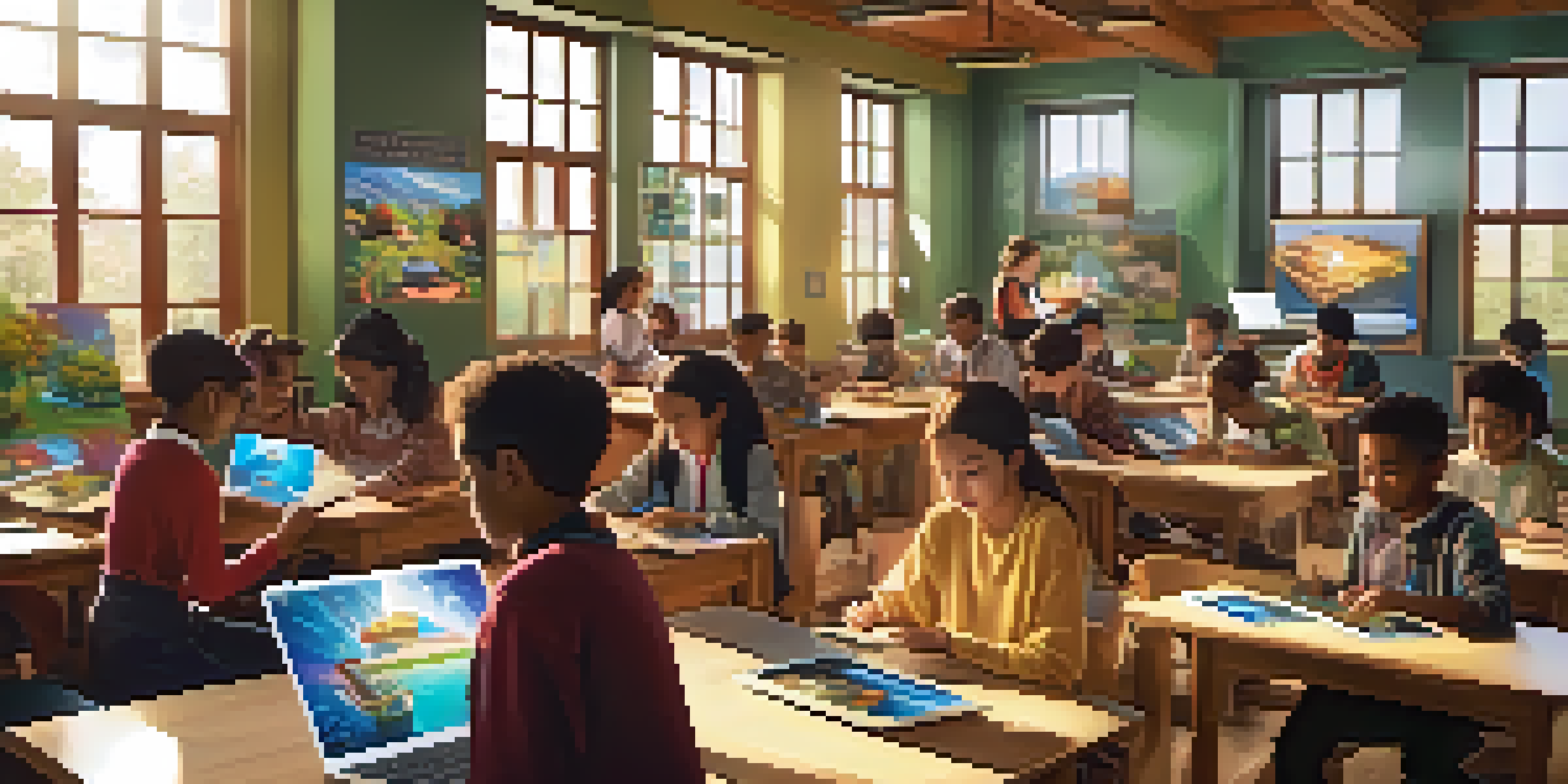Gaming and Education: The Convergence of AR and VR Technologies

Understanding AR and VR: What Are They?
Augmented Reality (AR) and Virtual Reality (VR) are game-changing technologies reshaping various industries, including education. AR overlays digital information onto the real world, allowing users to interact with both environments simultaneously. In contrast, VR immerses users in a completely virtual environment, creating a sense of presence in a digitally crafted space. These technologies are not just for gaming; they can also enhance educational experiences in remarkable ways.
The Role of Gaming in Education
Gaming has long been recognized as an engaging tool in education, offering interactive experiences that traditional methods often lack. Educational games can teach complex concepts in a fun and approachable manner, making learning more enjoyable. This engagement can lead to better retention of information, as students often remember what they experience more vividly than what they read. By integrating AR and VR into educational games, we can take this engagement to an entirely new level.
AR and VR Transform Education
Augmented Reality (AR) and Virtual Reality (VR) enhance education by creating immersive and interactive learning experiences.
Benefits of AR in Educational Gaming
AR can transform ordinary lessons into immersive experiences that spark curiosity and creativity. For example, students can use AR apps to visualize historical events or scientific processes right in their classroom. This interaction creates a dynamic learning environment where information is not just consumed but actively explored. The blending of digital and physical worlds encourages collaboration, fostering teamwork in problem-solving exercises.
Advantages of VR in Learning Environments
VR provides a unique opportunity for experiential learning, allowing students to practice real-world skills in a safe, controlled environment. Imagine a medical student practicing surgery on a virtual patient or a history student walking through ancient civilizations. These experiences can significantly enhance understanding and retention by allowing students to 'live' their lessons. VR also enables access to resources and experiences that may not be feasible in the real world.
Gaming Boosts Student Engagement
Integrating gaming into education, especially through AR and VR, makes learning more enjoyable and improves information retention.
Challenges in Implementing AR and VR in Education
Despite the exciting potential of AR and VR, several challenges exist in implementing these technologies in educational settings. The cost of hardware and software can be prohibitive for many schools, particularly those in underserved areas. Additionally, there may be a lack of training for educators, which can hinder the effective use of these technologies. Overcoming these hurdles is essential to fully realize the benefits of AR and VR in education.
Case Studies: Successful AR and VR Educational Programs
Several educational institutions have successfully integrated AR and VR into their curricula, showcasing tangible benefits. For instance, a well-known university uses VR simulations in its engineering program, allowing students to experiment with designs without the risk of real-world consequences. Similarly, AR applications in elementary classrooms have been shown to significantly increase student engagement during lessons. These case studies highlight the transformative potential of these technologies.
Challenges in Tech Adoption
Despite their benefits, the implementation of AR and VR in schools faces challenges such as high costs and a lack of educator training.
Future Trends in AR and VR for Education
As AR and VR technologies continue to evolve, their applications in education are likely to expand. Innovations such as haptic feedback and AI-driven personalized learning experiences could further enhance engagement and effectiveness. The growing accessibility of these technologies suggests that more schools will adopt them, bridging educational gaps. The future looks promising for a more interactive and immersive learning landscape.
Conclusion: Embracing the Future of Learning
The convergence of gaming with AR and VR technologies presents an exciting frontier in education. By embracing these tools, educators can create more engaging, effective, and personalized learning experiences. As we continue to explore this intersection, it is crucial to remain mindful of the challenges and work towards inclusive solutions. The future of learning is not just digital; it's immersive, interactive, and incredibly impactful.